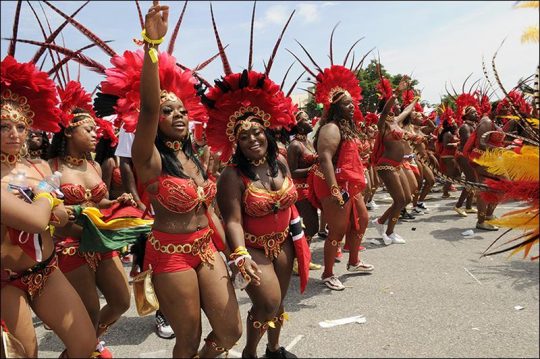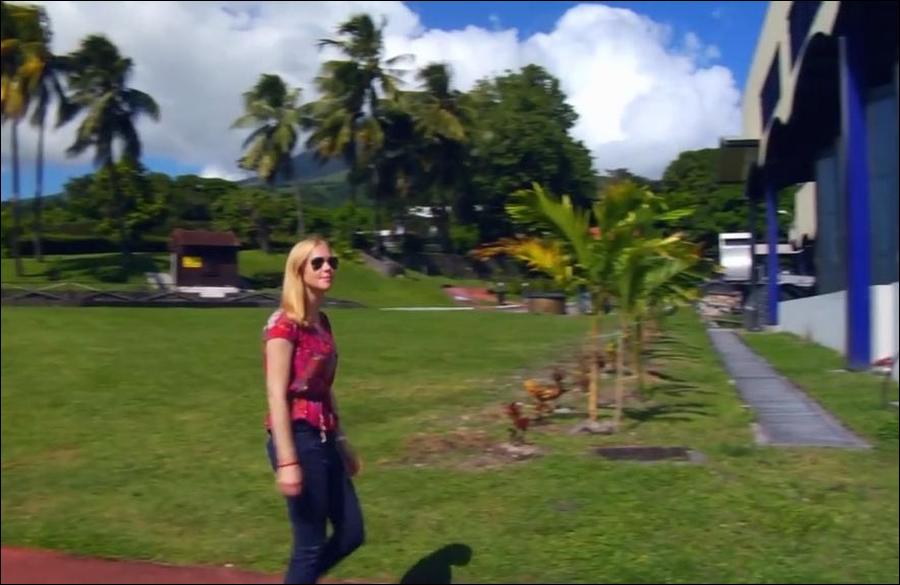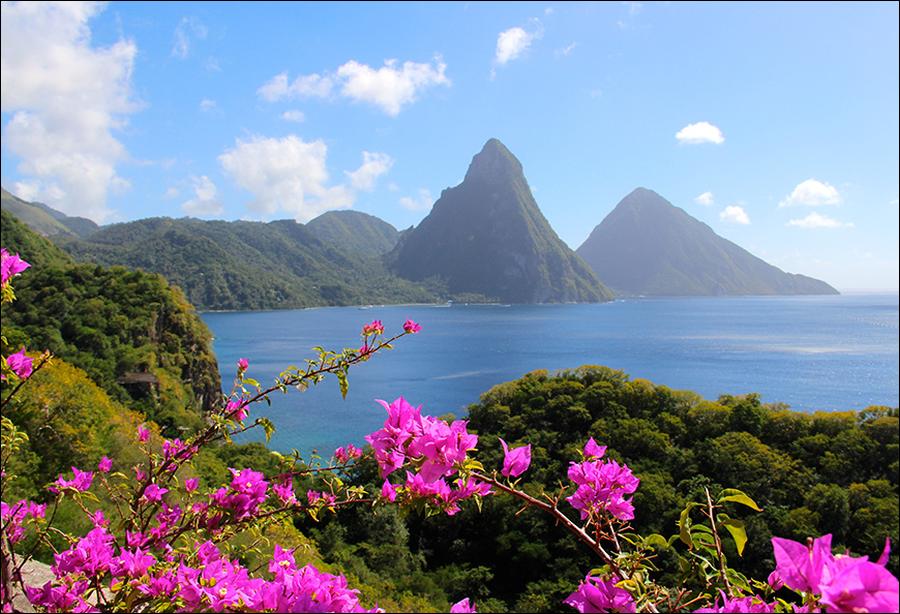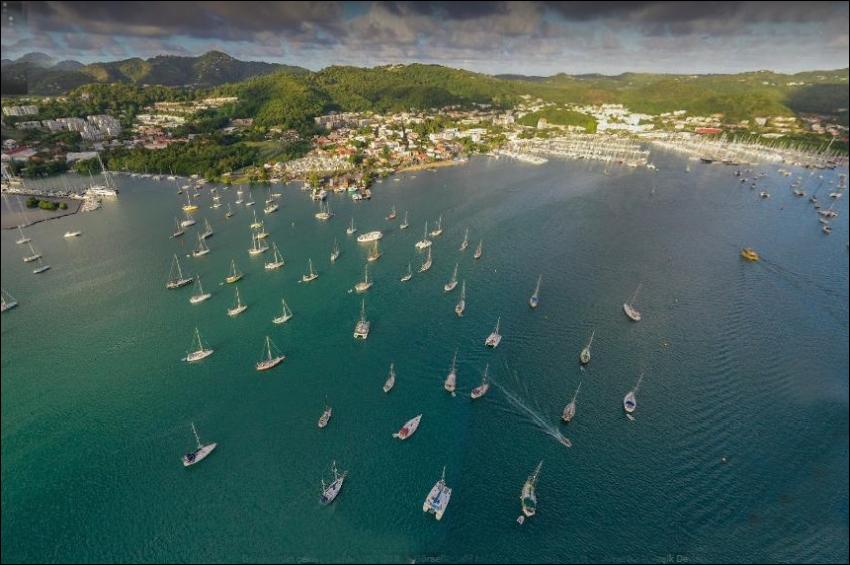Trinidad and Tobago officially the Republic of Trinidad and Tobago, is a twin island country that is the southernmost nation of the West Indies in the Caribbean. It is situated 130 kilometres (81 miles) south of Grenada off the northern edge of the South American mainland, 11 kilometres (6.8 miles) off the coast of northeastern Venezuela. It shares maritime boundaries with Barbados to the northeast, Grenada to the northwest, Guyana to the southeast, and Venezuela to the south and west. Trinidad’s rich culture and lush interior rival the island’s beaches when it comes to luring visitors,
Trinidad feels very much part of South America compared with other Caribbean islands. Look out to sea from the capital, Port of Spain, and the highest mountains you can see are in Venezuela. Trinidad’s Northern Range mountains are actually a continuation of the coastal foothills of the Andes.
I grew up on a sugar estate in the south, near San Fernando, where my father was the manager for Tate & Lyle. It’s a funny thing, but in the same way people romanticise the mining industry in the UK, even though it had terrible effects on their health, people here miss the sugar. It was back-breaking work, but the undulating fields of cane were absolutely beautiful. Now the island is more industrialised – it’s oil and petrochemicals – sugar has gone and the landscapes can look bare.
I like the old part of Port of Spain, with its wonderful old colonial-style houses. Some are now restaurants and clubs, especially on The Avenue, where people hang out on the weekend. The Verandah serves cuisine which is a mix of the cultures of Trinidad: French, India, African, French and Spanish. The northern part of the city is very pretty; it used to be called the “belle de Antilles”, and has a beautiful inland harbour, surrounded by hills.
Trinidad isn’t making a massive effort for tourists. Our sister island of Tobago is more tourist-focused, with typical Caribbean beaches, unlike Trinidad. Here, the beaches are deserted and there aren’t many hotels. But Trinidad is much more interesting culturally.
I go to the Hot Shop in Port of Spain to get my roti. Trinidad is a mixture of African and Indian, descendants of the East Indian estate workers who came in the 19th century. Their cuisine is the cuisine of the island. On the beaches you get bake and shark, a Trinidadian street food dish, though they make it with regular fish these days.
“Oh God, I hope they don’t want to go to the pitch lake!” is what we think when friends come to visit. It’s a rare geological feature that looks like a gigantic unused car park. You can get a guide to explain it and it can be… interesting – but not after you’ve been several times!
Ecotourism is good here. Oilbirds are like bats, they cluster in the caves and are blind. You can take trips to see them, and toucans, monkeys and lots of birds while staying at an incredible place called Asa Wright Nature Centre – named after the Icelandic woman who donated her old cocoa estate, with old chalets to stay in, for conservation.
What I love about carnival, is the j’ouvert, the start, very early in the morning, about 4am, the Monday before Shrove Tuesday. You chip down the road, almost like a little dance, following your favourite steel band; people are coming out of parties or some set their alarm. Most people here are not spectators, they’re dressed up and taking part.
Every pocket of the island has its own steel band and there are panyards all over, where they practise. The best time to visit one is before carnival but they operate out of carnival time now too, and have bars. Desperadoes is a good one, and Invaders and All Stars.
We’re losing the satire element of calypso music. The lyrics were once about politics and local gossip, and were banned in colonial times. Now it’s all about soca, more about the tempo.
A lot of people stay at the Hilton, called the upsidedown hotel because you come in to the foyer at the top and go down to your rooms, which are built into the side of the cliff. There are nicer, smaller hotels tucked away in the backstreets of Port of Spain. The Normandie is very nice, and L’Orchidee is a small boutiquey place. In central Trinidad, near Talparo, is an old citrus estate, Hacienda Jacana, which has wood chalets around a lake, with edges clogged with water lilies where the jacana bird lives.
Island hopping is not cheap in the Caribbean, but Trinidadians like to travel to Tobago as it’s a home from home, nearby but different. They like how organised tourism is in Barbados, and they visit Grenada too. Margarita, an island off Venezuela, is popular, and they’ll go to Caracas to shop. You can catch a boat to eastern Venezuela from Port of Spain but it’s rough travel. The wealthy ones fly up to Miami.
Two major artists, Peter Doig and Chris Ofili have been resident in Port of Spain for at least the past 10 years. The visual arts have developed a lot and little galleries (like Soft Box Studios) have opened.
Trinidad isn’t massively dangerous but you have to be aware. My friends once arrived at a beach house on the north-east coast to find a dead dog on the patio, with his throat slit. They couldn’t work out why that had happened. It wasn’t their house, they were just renting it. I resurrected that incident for one of my stories, A Dog Is Buried.



